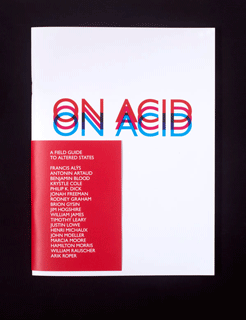







"After the war, Humphry Osmond and his colleague John Smythies perceived a similarity between the effects of LSD and the early stages of schizophrenia. In 1951, Osmond and Smythies moved to Saskatchewan, Canada to join the staff of a large custodial mental institution in the southeastern city of Weyburn, Saskatchewan. At Weyburn, Osmond recruited a group of research psychologists to turn the hospital into a design-research laboratory. There, he conducted a wide variety of patient studies and observations using hallucinogenic drugs, collaborating with Abram Hoffer and others. In 1952, Osmond related the similarity of mescaline to adrenaline molecules, in a theory which implied that schizophrenia might be a form of self-intoxication caused by one's own body. He collected the biographies of recovered schizophrenics and held that a psychiatrist can only understand the schizophrenic by understanding the rational way the mind makes sense of distorted perceptions. Osmond is also known for a study in the late 1950s in which he attempted to cure alcoholics with LSD, claiming a fifty percent success rate."












































